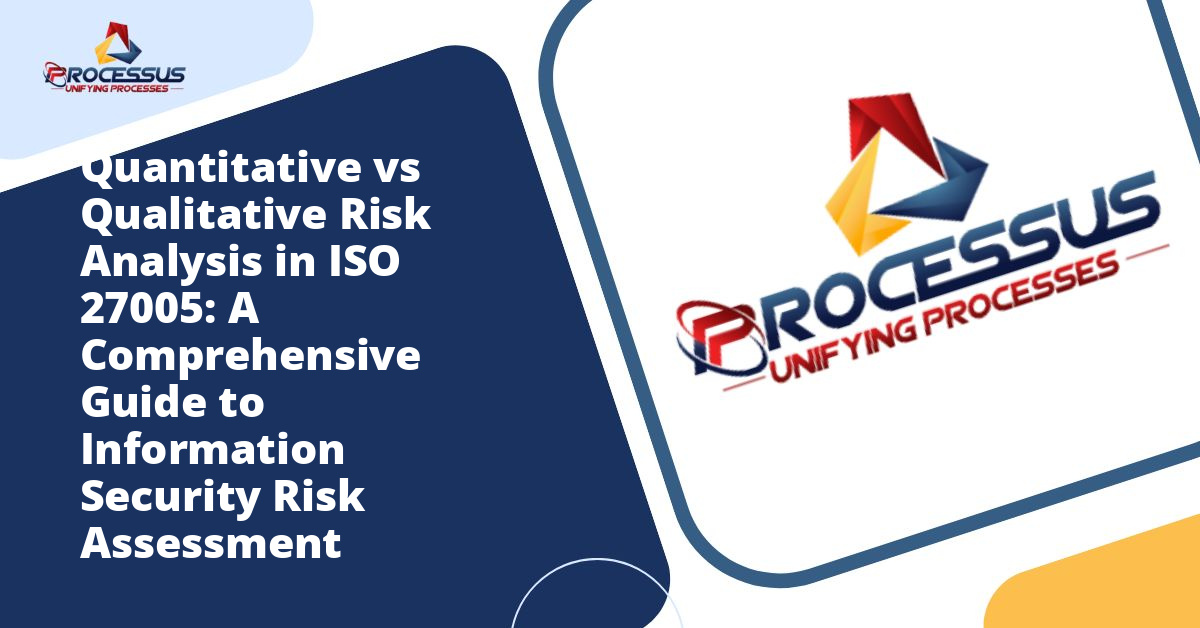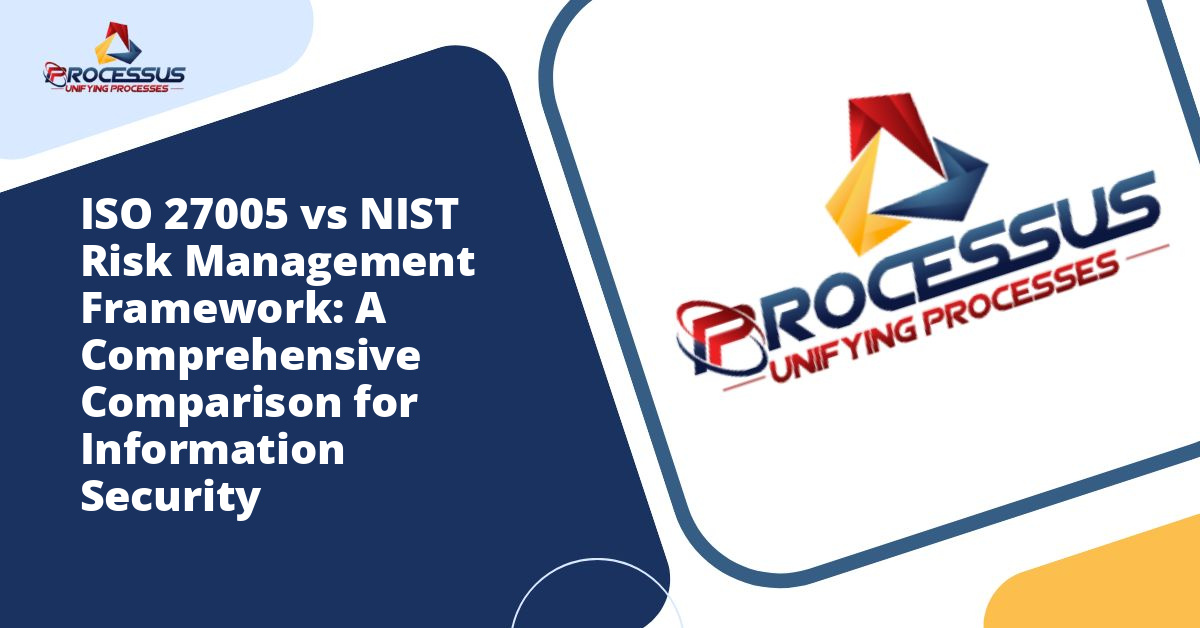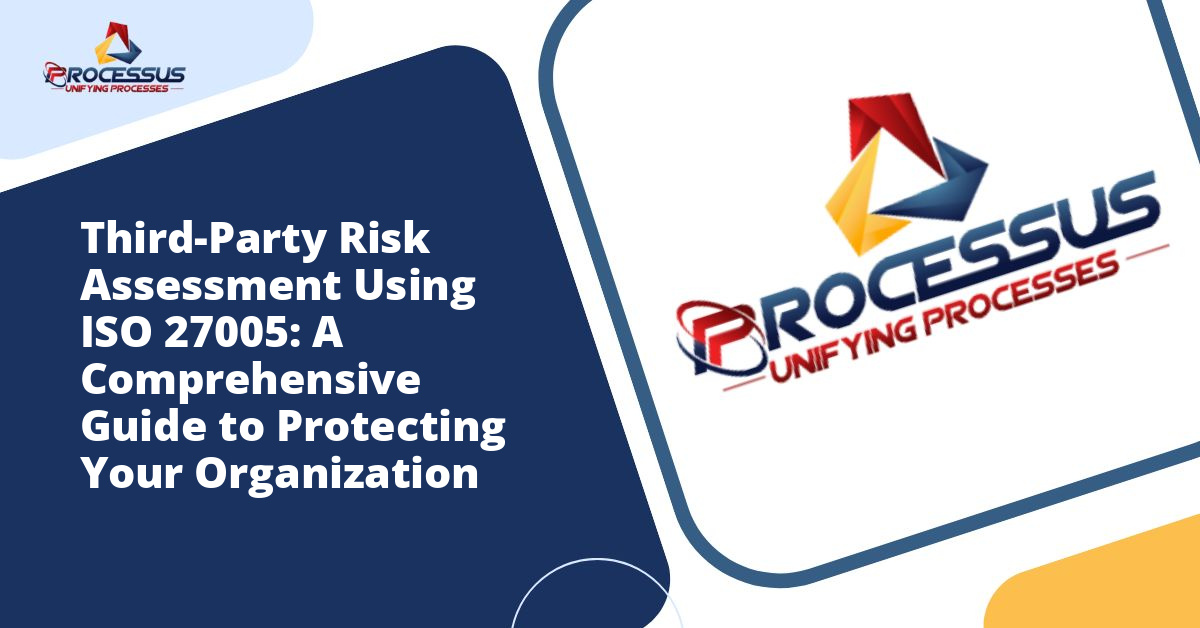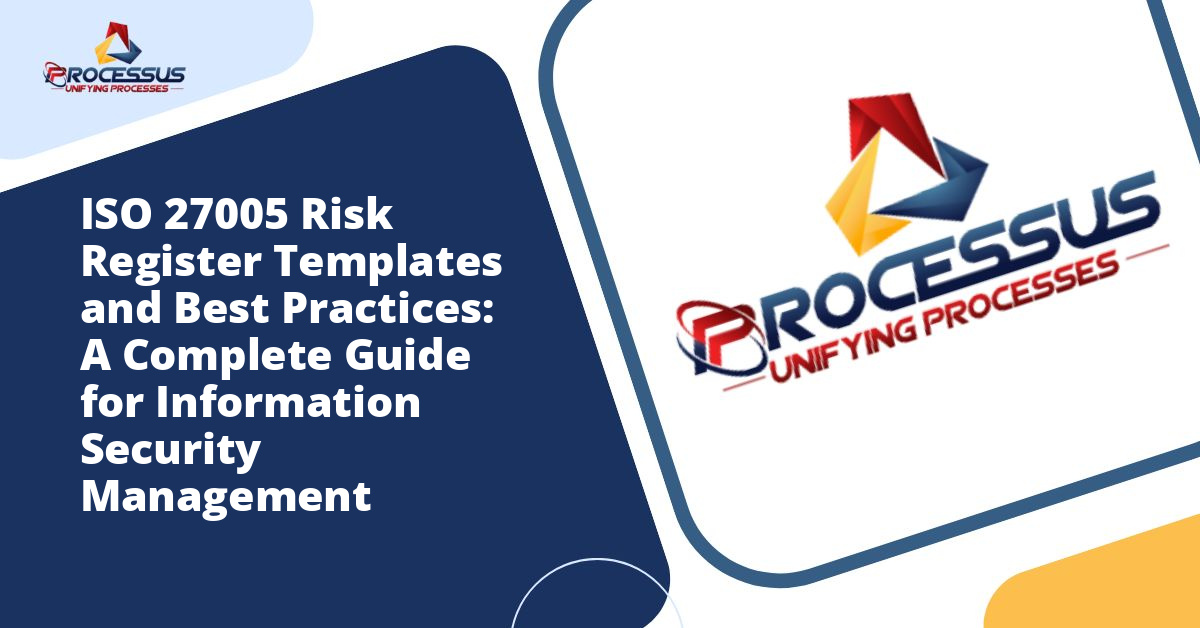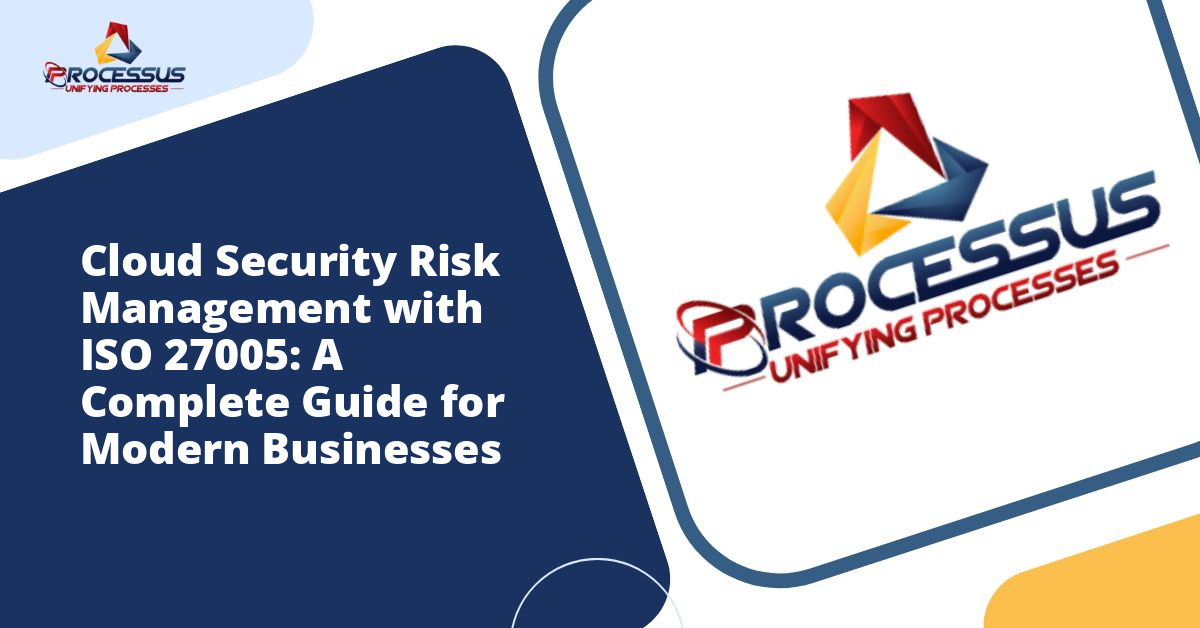In today’s digital landscape, organizations face an ever-growing array of information security threats. From data breaches to ransomware attacks, the risks are both diverse and constantly evolving. ISO 27005 provides a structured framework for information security risk management, offering guidance on how organizations can identify, assess, and treat these risks effectively. At the heart of this standard lies a critical decision: whether to employ quantitative or qualitative risk analysis methods, or perhaps a combination of both.
Understanding the differences between these two approaches, their respective strengths and limitations, and how to apply them within the ISO 27005 framework is essential for information security professionals, risk managers, and anyone responsible for protecting organizational assets. This comprehensive guide explores both methodologies in depth, helping you make informed decisions about risk assessment strategies for your organization. You might also enjoy reading about ISO 27005 Risk Assessment Methodology: A Complete Step-by-Step Guide for Information Security.
Understanding ISO 27005 and Risk Assessment Fundamentals
ISO 27005 is an international standard that provides guidelines for information security risk management. It supports the general concepts specified in ISO 27001 and is designed to assist organizations in implementing information security based on a risk management approach. The standard does not prescribe a specific risk management methodology but rather offers a flexible framework that organizations can adapt to their specific needs and circumstances.
Risk assessment within ISO 27005 consists of three main components: risk identification, risk analysis, and risk evaluation. During risk identification, organizations determine what could potentially cause harm to information assets. Risk analysis involves understanding the nature of risks and determining the level of risk. Finally, risk evaluation compares estimated risks against risk criteria to determine the significance of the risk.
The choice between quantitative and qualitative approaches primarily affects the risk analysis phase, though it influences the entire risk management process. Both methods aim to provide a systematic way of evaluating risks, but they differ fundamentally in their approach to measurement and representation.
Qualitative Risk Analysis: The Descriptive Approach
Qualitative risk analysis uses descriptive scales and subjective judgment to assess and prioritize risks. Rather than assigning specific numerical values, this approach categorizes risks using terms such as “high,” “medium,” and “low,” or similar scales like “critical,” “major,” “moderate,” and “minor.”
Core Characteristics of Qualitative Analysis
The qualitative approach relies heavily on expert judgment, experience, and intuition. Teams conducting qualitative assessments typically bring together individuals with diverse knowledge of the organization, its operations, and potential threats. These experts evaluate risks based on their understanding of likelihood and impact, often using predefined scales and matrices.
Risk matrices are a common tool in qualitative analysis. These matrices plot the likelihood of a risk occurring against its potential impact, creating a visual representation that helps stakeholders quickly understand risk priorities. For example, a risk with “high” likelihood and “high” impact would be positioned in the upper right corner of the matrix, indicating it requires immediate attention.
Advantages of Qualitative Risk Analysis
One of the primary benefits of qualitative analysis is its accessibility. Organizations do not need extensive historical data or sophisticated statistical tools to conduct a qualitative assessment. This makes it particularly valuable for smaller organizations or those just beginning their risk management journey.
Speed is another significant advantage. Qualitative assessments can be completed relatively quickly, allowing organizations to respond rapidly to emerging threats or changing circumstances. The methodology facilitates communication among stakeholders who may not have technical or statistical backgrounds, as descriptive terms are generally easier to understand than complex numerical calculations.
Qualitative analysis also proves valuable when dealing with risks that are difficult to quantify. Some threats, particularly those involving reputational damage or loss of stakeholder confidence, resist precise numerical measurement. In these cases, qualitative descriptions may actually provide more meaningful insights than forced numerical estimates.
Limitations of Qualitative Risk Analysis
Despite its benefits, qualitative analysis has notable limitations. Subjectivity is inherent to the approach, and different assessors may reach different conclusions about the same risks. This can lead to inconsistencies, especially across different departments or time periods.
The lack of precision in qualitative analysis can make it difficult to perform cost-benefit analyses for risk treatment options. When risks are described only as “high” or “medium,” determining whether a specific security control is worth its cost becomes challenging. Organizations may struggle to justify investments or make trade-offs between competing security initiatives.
Additionally, qualitative scales can be interpreted differently by various stakeholders. What one person considers a “high” impact might be viewed as “medium” by another. Without clear definitions and consistent application, qualitative assessments can lose their effectiveness.
Quantitative Risk Analysis: The Numerical Approach
Quantitative risk analysis assigns numerical values to both the likelihood and impact of risks. This approach attempts to measure risk in objective terms, often expressing results in monetary values or statistical probabilities. The goal is to provide precise, defensible risk estimates that can inform decision-making with greater accuracy.
Core Characteristics of Quantitative Analysis
Quantitative analysis typically involves several key components. Organizations must assign monetary values to assets, estimate the probability of threat events occurring (often expressed as an annualized rate of occurrence), and calculate potential losses. Common quantitative metrics include Annual Loss Expectancy (ALE), Single Loss Expectancy (SLE), and Return on Security Investment (ROSI).
This approach requires substantial data collection and analysis. Organizations need historical incident data, industry statistics, asset valuations, and detailed information about threats and vulnerabilities. Statistical and mathematical models help process this data to produce risk estimates.
Advantages of Quantitative Risk Analysis
The precision offered by quantitative analysis is its most significant advantage. When organizations can express risks in monetary terms, they can more easily compare different risks, prioritize investments, and demonstrate return on investment for security controls. This is particularly valuable when presenting risk information to senior management or boards of directors who are accustomed to making decisions based on financial metrics.
Quantitative analysis also reduces subjective bias. While assumptions and estimates are still required, the use of data and mathematical models provides a more objective foundation for risk assessment. This consistency makes it easier to compare risks across different parts of the organization and track changes over time.
The detailed nature of quantitative analysis can reveal insights that might be missed in a qualitative assessment. By forcing organizations to break down risks into constituent components and gather supporting data, the process often uncovers hidden vulnerabilities or unexpected risk correlations.
Limitations of Quantitative Risk Analysis
Despite its apparent objectivity, quantitative analysis faces significant challenges. The most fundamental issue is the difficulty of obtaining accurate data. Many organizations lack comprehensive historical data on security incidents, making it hard to estimate probabilities reliably. Even when data exists, the constantly changing threat landscape means that historical patterns may not accurately predict future events.
The complexity and resource requirements of quantitative analysis can be prohibitive. Organizations need specialized expertise, sophisticated tools, and significant time to conduct thorough quantitative assessments. For smaller organizations or those with limited resources, this investment may not be practical.
There is also a risk of false precision. Just because a risk is expressed as a specific number does not mean that number is accurate. If the underlying data or assumptions are flawed, the resulting calculations will be misleading regardless of their mathematical precision. This can create a dangerous sense of certainty where uncertainty actually exists.
Some impacts are inherently difficult to quantify. How do you assign a precise monetary value to reputational damage or loss of customer trust? Attempts to force these intangible impacts into numerical formats can result in arbitrary or meaningless figures.
Implementing Risk Analysis Within ISO 27005
ISO 27005 does not mandate either quantitative or qualitative analysis. Instead, it recognizes that different approaches suit different organizational contexts. The standard emphasizes that the chosen methodology should align with the organization’s risk criteria, available resources, and the nature of the information being protected.
Factors Influencing Methodology Selection
Several factors should guide your choice between quantitative and qualitative approaches. Organizational maturity plays a crucial role. Organizations new to formal risk management often benefit from starting with qualitative methods before progressing to more sophisticated quantitative approaches as their capabilities develop.
The availability of data is another critical consideration. If your organization has robust incident tracking, detailed asset inventories, and access to relevant industry statistics, quantitative analysis becomes more feasible. Conversely, limited data availability may necessitate a qualitative approach.
Stakeholder expectations matter significantly. If senior leadership expects financial justification for security investments, quantitative analysis may be necessary. If decision-makers are more comfortable with risk ratings and priorities, qualitative methods may be more appropriate.
The regulatory environment can also influence your choice. Some industries or compliance frameworks may have preferences or requirements regarding risk assessment methodologies. Understanding these expectations helps ensure your approach meets necessary standards.
The Hybrid Approach: Combining Both Methods
Many organizations find that a hybrid approach offers the best of both worlds. This strategy typically involves using qualitative analysis as a first-pass filter to identify and prioritize risks, then applying quantitative methods to the most significant risks that warrant detailed analysis.
For example, an organization might conduct a qualitative assessment across all information assets and processes, identifying risks rated as “high” or “critical.” These top-tier risks would then undergo more detailed quantitative analysis to support investment decisions and treatment planning. This approach provides the speed and accessibility of qualitative analysis while offering the precision of quantitative methods where it matters most.
A hybrid approach also allows organizations to adapt their methodology to different types of risks. Risks with clear financial impacts, such as system downtime or data loss, lend themselves to quantitative analysis. Risks involving reputational damage or regulatory compliance might be better suited to qualitative assessment.
Practical Steps for Conducting Risk Analysis
Preparing for Qualitative Analysis
When implementing qualitative analysis, begin by establishing clear definitions for your rating scales. Document what “high,” “medium,” and “low” mean in your organizational context. For likelihood, you might define “high” as an event expected to occur multiple times per year, while “low” might mean an event unlikely to occur within a five-year period.
Similarly, define impact levels in terms meaningful to your organization. Impact categories might include financial loss, operational disruption, regulatory violations, and reputational damage. Provide specific examples or thresholds for each rating level to ensure consistency across assessments.
Assemble a diverse team with relevant expertise. Include individuals who understand technical vulnerabilities, business operations, regulatory requirements, and organizational priorities. This diversity helps ensure comprehensive risk identification and balanced assessments.
Preparing for Quantitative Analysis
Quantitative analysis requires more extensive preparation. Start by inventorying and valuing your information assets. This involves identifying all systems, data, and processes that support organizational objectives, then determining their value based on factors such as replacement cost, revenue generation, and criticality to operations.
Gather relevant data on threat frequencies and incident impacts. This might include internal incident logs, industry breach reports, insurance claims data, and threat intelligence feeds. While perfect data is rare, even imperfect information provides a starting point that can be refined over time.
Select appropriate quantitative models and tools. Simple spreadsheet-based calculations may suffice for some organizations, while others might benefit from specialized risk analysis software. Ensure that chosen tools align with your organization’s technical capabilities and analytical needs.
Conducting the Assessment
Whether using qualitative or quantitative methods, follow a systematic process. Begin with risk identification, documenting potential threats, vulnerabilities, and assets at risk. Consider various threat sources including cyberattacks, human error, natural disasters, and system failures.
For each identified risk, analyze the likelihood of occurrence and potential impact. In qualitative assessments, use your predefined scales and gather input from relevant experts. In quantitative assessments, apply your data and models to calculate probabilities and expected losses.
Document all assumptions, data sources, and rationales for your assessments. This documentation is crucial for maintaining consistency, supporting future reviews, and explaining risk decisions to stakeholders.
Best Practices for Effective Risk Analysis
Regardless of which methodology you choose, certain best practices enhance the effectiveness of risk analysis. Regular reviews and updates are essential. The threat landscape changes rapidly, and risk assessments can quickly become outdated. Schedule periodic reviews, and conduct ad-hoc assessments when significant changes occur in your organization or threat environment.
Involve stakeholders throughout the process. Risk management is not solely an IT or security function. Engage business unit leaders, legal counsel, human resources, and other relevant parties. Their perspectives ensure that risk assessments reflect organizational realities and priorities.
Focus on actionable outcomes. Risk analysis is not an academic exercise but a tool for decision-making. Ensure that your assessments lead to clear risk treatment decisions and measurable improvements in security posture.
Maintain transparency about limitations and uncertainties. Whether using qualitative or quantitative methods, acknowledge what you do not know. Uncertainty is inherent in risk assessment, and honest communication about limitations builds credibility and supports better decisions.
Integrate risk analysis with broader organizational processes. Risk management should inform strategic planning, budget allocation, project prioritization, and vendor management. The more thoroughly risk considerations are embedded in organizational decision-making, the more value risk analysis provides.
Conclusion
Both quantitative and qualitative risk analysis have important roles in implementing ISO 27005 effectively. Qualitative methods offer accessibility, speed, and practicality for many organizations, particularly when dealing with less tangible risks or limited resources. Quantitative approaches provide precision and financial justification that can be invaluable for major investment decisions and detailed analysis of critical risks.
The key is not to view these approaches as mutually exclusive but rather as complementary tools in your risk management toolkit. Consider your organizational context, available resources, data availability, and stakeholder needs when selecting your methodology. Many successful organizations employ hybrid approaches that leverage the strengths of both methods.
Ultimately, the most effective risk analysis approach is one that is actually implemented and used to inform decisions. A simple qualitative assessment that drives meaningful security improvements is far more valuable than an elaborate quantitative model that sits unused. Start with methods appropriate to your current capabilities, and evolve your approach as your organization’s risk management maturity grows.
By understanding both quantitative and qualitative risk analysis within the ISO 27005 framework, you can develop a risk management approach that protects your organization’s information assets while supporting broader business objectives. The journey toward effective information security risk management is ongoing, but with the right tools and approaches, organizations can navigate the complex threat landscape with confidence.

